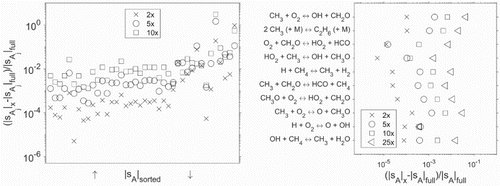Figures & data
Figure 1. Characteristic time used for the definition of the ignition delay. The shift of the profile
is increased for better visibility.

Figure 2. Comparison between adjoint and finite difference-based sensitivities for parameters A, treated time-dependent, of reaction #19 (left) and #20
(right) in scheme h2_v1b.
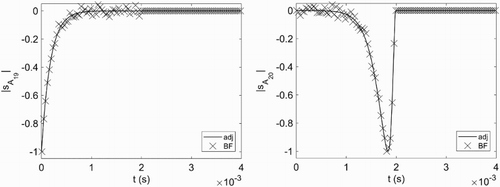
Figure 3. Adjoint-based, time-dependent sensitivities for parameters of all reactions in scheme h2_v1b in logarithmic scale (left). The reactions marked by the dashed lines correspond to Figure . Comparison between adjoint and finite difference-based sensitivity for the top six most sensitive reactions with respect to the time-independent factor
(right).
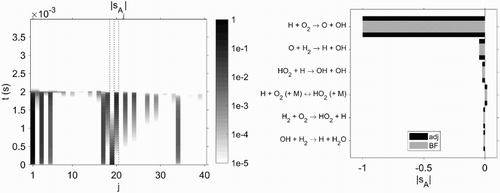
Figure 4. Comparison between adjoint and finite difference-based sensitivity for the top six most sensitive reactions with respect to the time-independent factors (left) and
(right) in scheme h2_v1b.
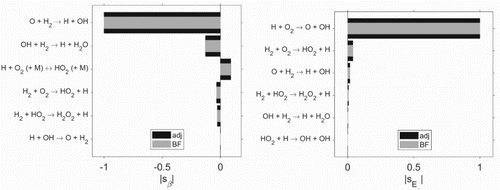
Figure 5. Comparison between adjoint and finite difference-based sensitivity for the top 10 most sensitive reactions with respect to the time-independent factor in scheme gri3.0.
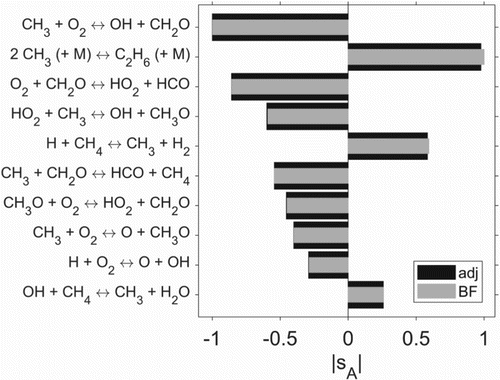
Figure 6. Comparison between adjoint and finite difference-based sensitivity for the top six most sensitive reactions with respect to the time-independent factors (left) and
(right) in scheme h2_v1b.
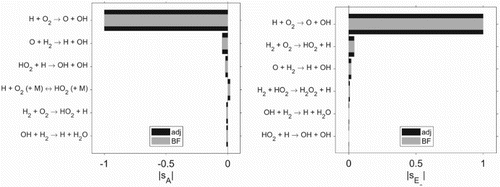
Figure 7. Comparison between adjoint and finite difference-based sensitivity for the top six most sensitive reactions with respect to the time-independent factor in scheme h2_v1b (left). Comparison between adjoint and finite difference-based sensitivity for the top 10 most sensitive reactions with respect to the time-independent factor
in scheme gri3.0 (right).
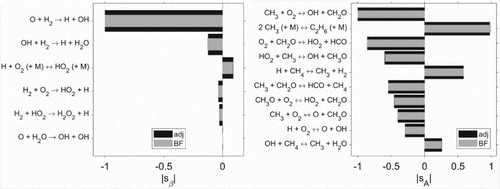
Figure 8. Comparison of sensitivities based on linear objective function (Equation32(32)
(32) ) with respect to quadratic objective (Equation28
(28)
(28) ), using the adjoint approach (left) and finite differences (right).
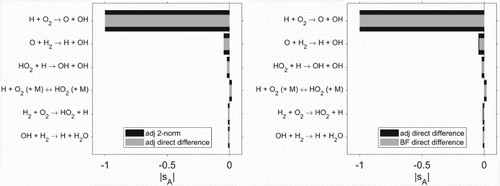
Figure 9. Comparison of sensitivities based on quadratic objective function (Equation28(28)
(28) ) with respect to the definition by the maximum temperature gradient (left) and with the maximum OH mass fraction (right).
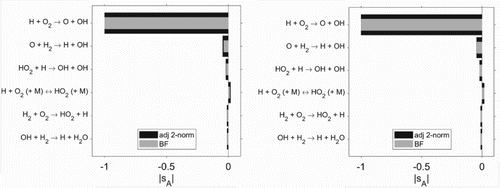
Figure 10. Relative errors of the adjoint-based sensitivities with respect to the time-independent factor and different numbers of data points used for the interpolation and evaluation: in descending order with respect to
in scheme h2_v1b (left) and for the top 10 most sensitive reactions in scheme gri3.0 (right).
